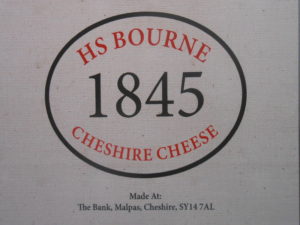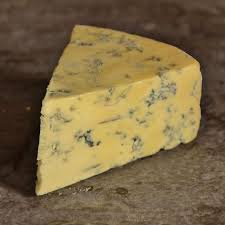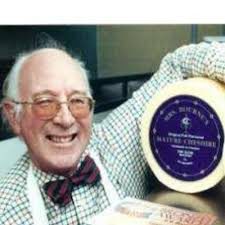
This week’s cheese is a new-but-old Cheshire from H.S. Bourne. I’ll let John Bourne himself describe the cheese:
Our latest adventure into traditional cheese making is in trying to copy the process detailed in a book written in 1845.
We achieve this in the following way:
- We use grass fed milk as this was the practice at the time because Cheshire Cheese was made only in the summer months.
- We use the minimal quantity of starter culture to add security to the make process, whereas in 1845 reliance was placed on naturally occurring bacteria in the milk, in order to create the required acidity. As this period the rennet used to coagulate the milk was of animal origin which is what we use today.
- The development of the curd in the vat is a much slower process and a great deal of patience is required along with good care. We do have the advantage of a thermometer which in 1845 was not widely available. We are able to measure acidity development during cheese making through the use of modern titration, which was not available to cheese makers at the time.
- When we are satisfied that the process is completed we add salt to the curd which is then milled and filled into moulds.
- The cheese in spring was eaten young but later in the summer the cheese was matured up to 6 months.


